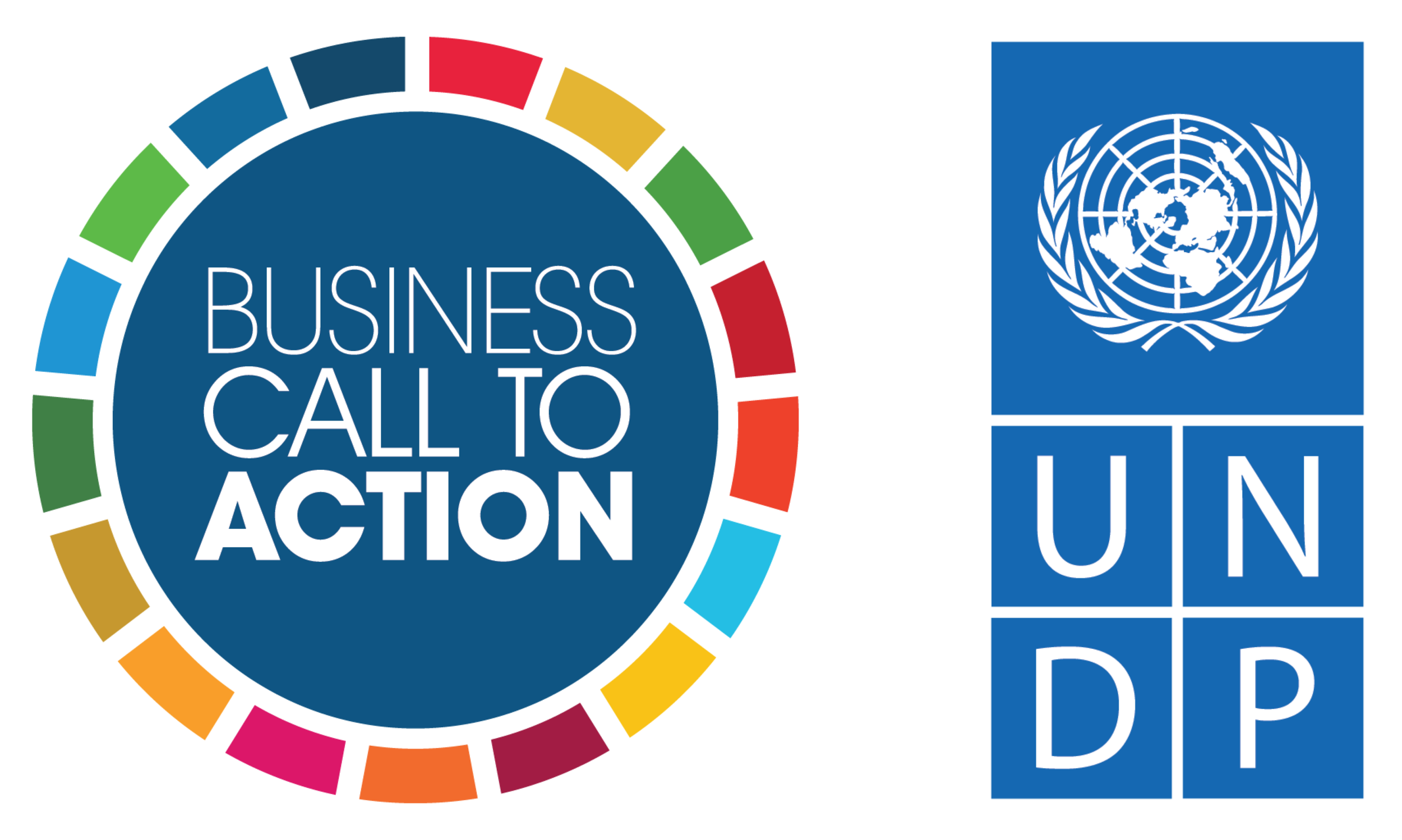Weather data improves decision-making for millions of smallholder farmers
A Hack4Farming team reviews their prototype. Photograph: aWhere
aWhere joins the Business Call to Action with an expansion of its agro-information technology in southeast Asia and sub-Saharan Africa
aWhere, an American provider of agricultural intelligence data for farmers, commercial growers and policymakers, has joined the Business Call to Action (BCtA) with a plan to expand access to its daily weather and agronomic information service to millions of smallholder farmers (50% of them women) across southeast Asia and sub-Saharan Africa by 2020. By 2016 aWhere will begin delivering aggregated agronomic weather data and intelligence to key players along the agricultural value chain, providing key insights for risk mitigation and investment strategies, as well as daily operating decisions.
BCtA is a global initiative that encourages companies to fight poverty through inclusive business models. It is supported by the United Nations Development Programme (UNDP) and other international organisations.
“At aWhere, our mission is to close the information gap in agriculture and global development through innovative, timely, and locally relevant solutions”, said John Corbett, aWhere’s CEO. “We foster sustainable economic growth and human development by connecting people with information, from farmers to corporate and national policymakers. We are pleased to have our business recognised by the Business Call to Action and look forward to working with them and their members in the months and years ahead.”
By producing a high volume of valuable data for a wide range of customers, aWhere is able to provide weather and agronomic data to smallholder farmers for $1 (68p) per annum or less through its last-mile partners. This cost is recovered either through payments by the smallholder farmers themselves or by others along the value chain. Affordability is a critical component of aWhere’s business model.
This year, aWhere hosted two agricultural meteorology-focused “hack-a-thons” in Nairobi and Accra in an effort to partner software developers with agro-input providers to build applications that optimise the agriculture value chain. These efforts also create software developer jobs within agriculture. aWhere plans to continue working with key value chain players such as universities and research organisations, to integrate localised crop knowledge and agricultural best practices by location.
With increasing weather variability affecting agriculture, real-time agricultural information is vital, from farmers to retailers, crop advisors to extension services, microfinance and insurance providers to downstream markets. The aggregation of localised information supports farmers’ daily decision-making on inventory control, crop monitoring and opportunity analysis; this in turn benefits input providers and buyers. The use of hyper-local Weather aWhere data is also gaining traction with governments and multi-nationals who wish to monitor harvests, food security and commodities markets. Since aWhere’s information can be focused on a single field as well as aggregated across several areas, it can be instrumental in informing national policy and corporate objectives.
Read the Weather aWhere case study.
Content on this page is provided by Business Call to Action, and originally appeared on the The Guardian Business and the Sustainable Development Goals Hub

